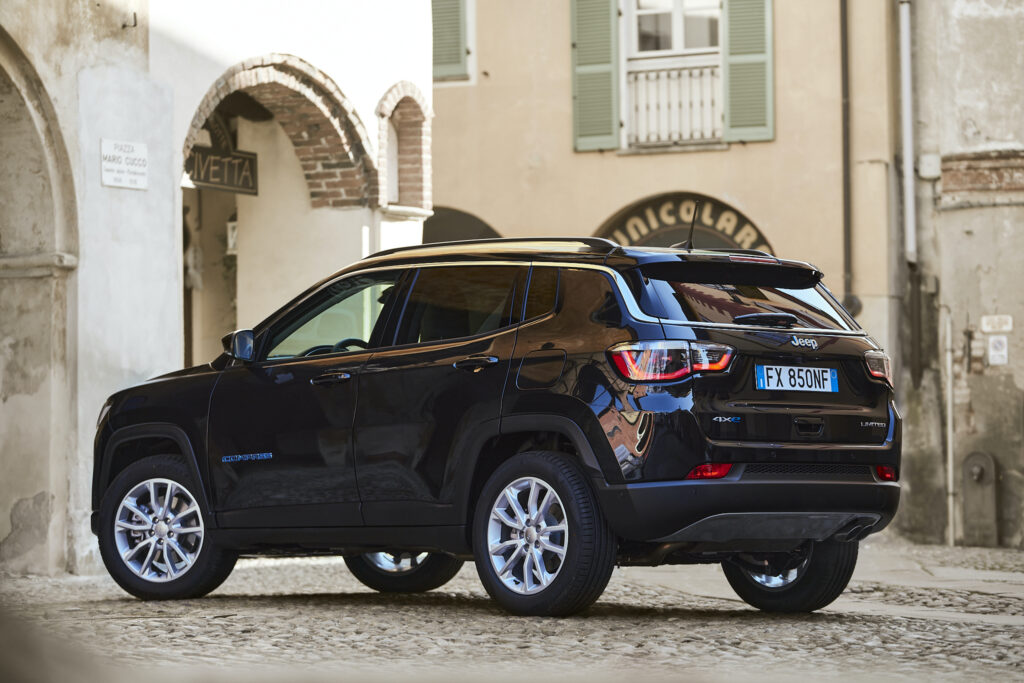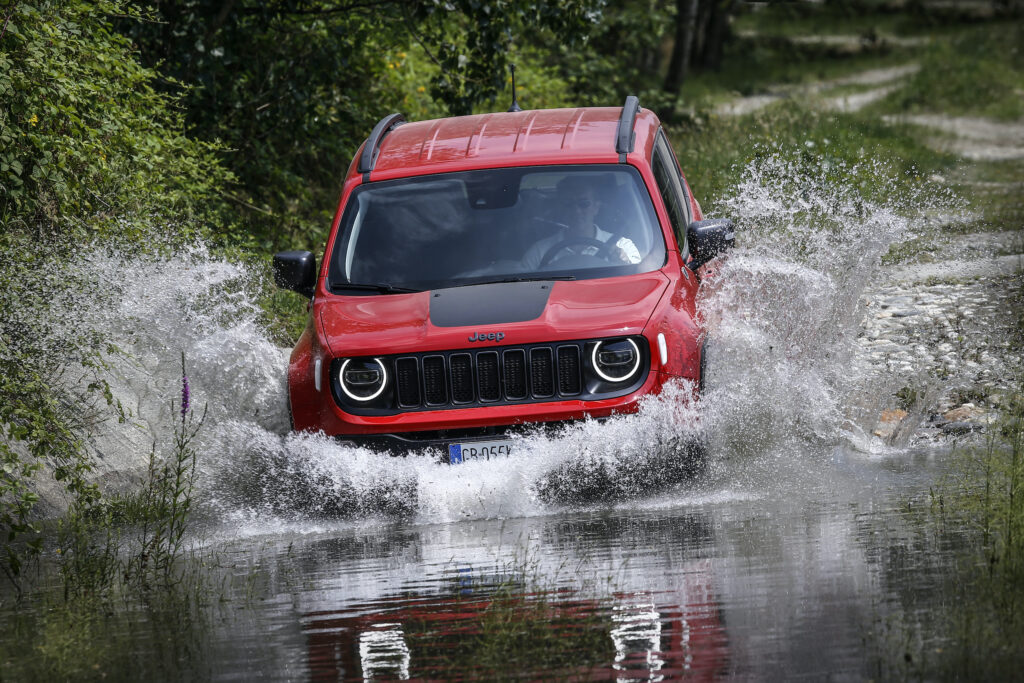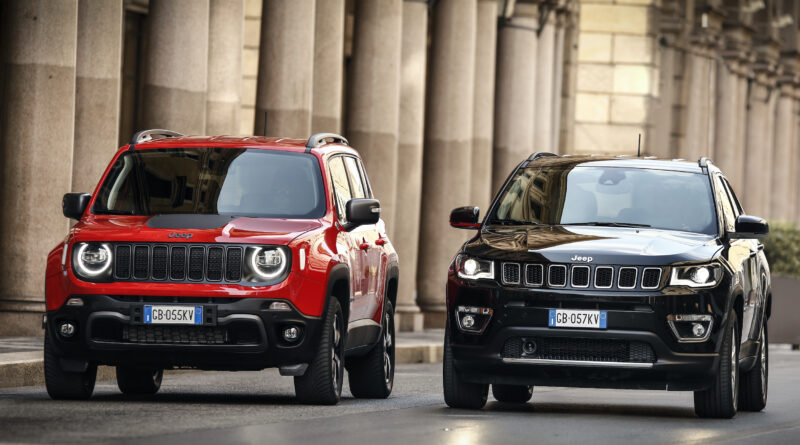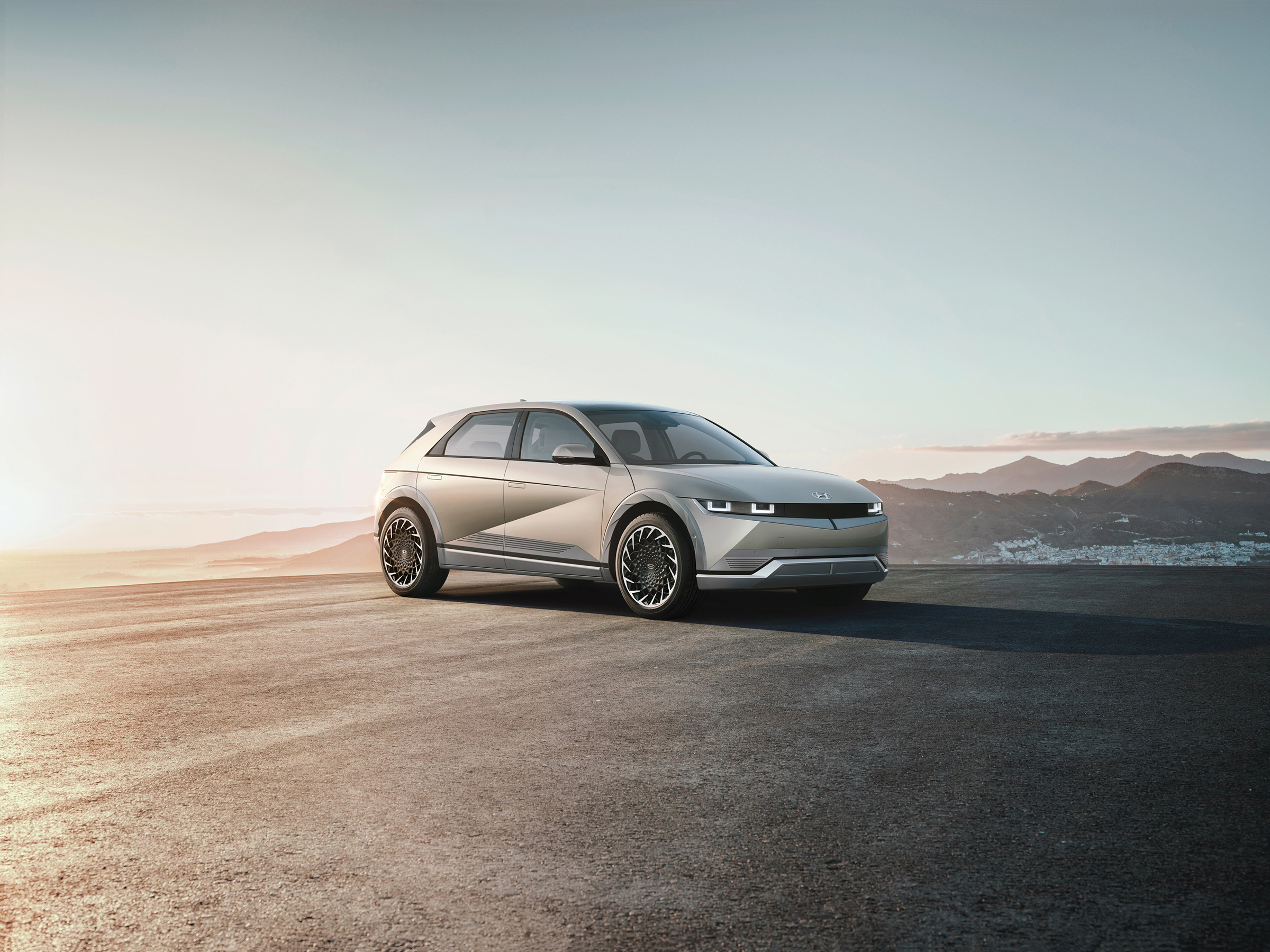Jeep Compass and Renegade plug-ins launched
The launch of two new plug-in hybrid Jeeps mark the beginning of this global brand’s move to a totally electrified range by 2022. The PHEV versions of the small Renegade and slightly larger Compass wear 4xe badges and have a pure electric range of around 50km.
First European deliveries of the pair are due in September. Production for other markets will follow, although don’t expect them to lob in Australia any time soon.
In a statement Jeep Australia suggested any decision to import the hybrid versions would be reliant on government support for electric vehicles and better charging infrastructure.
“We are monitoring the take up of electrification in Australia and we will be ready to launch our PHEV strategy as soon as consumer appetite, regulations and infrastructure suggests the time is right.”
Both the Renegade 4xe and Compass 4xe are manufactured in a Fiat Chrysler Automobiles plant at Melfi in the south of Italy.

“Electric when you want, 4×4 when you need it,” was how Antonella Bruno, FCA’s exec in charge of Europe, the Middle East and Africa, summed up the special appeal of the new Jeep 4xe models.
The Renegade and Compass come with a powertrain that comes in 140kW and 177kW total combined power versions. The pair will be produced in Limited, S and Trailhawk equipment grades.
The power difference is all in the maximum output of their front-mounted internal combustion engine. The 1.3-litre turbocharged four-cylinder used in both comes in 96kW and 133kW states of tune. A 44kW electric motor, mounted in the rear axle, provides the rest.
This means the Renegade and Compass PHEVs are axle-split hybrids, like the Mini Countryman plug-in.
Performance is obviously reduced when running pure electric, but both the 4xe Jeeps can reach 130km/h in this mode. Electric energy is stored in an 11.4kWh and 400-volt lithium-ion battery pack installed beneath the rear seats.
Going PHEV hasn’t affected interior space. Both the Renegade and Compass have cargo compartments nearly the same size as the normal versions. There’s even room for proper spare wheels, apparently.
Jeep engineers point out that the strong low-speed torque of an electric motor is especially suited to off-roading. The Renegade and Compass PHEVs, they claim, are even more capable in tough going than their purely internal combustion powered cousins.

As well as the main electric motor in the rear axle, the Jeeps also have another motor up front. It’s a small belt-driven starter-generator unit or BSG. Similar tech in seen in many mild hybrids.
The BSG means the driver can choose to recharge the battery on the move, though this saps engine power and will increase fuel consumption. Normal recharging from the grid is via a Type 2 plug port, and Jeep offers two wallbox power options.

As well as the recharging E-Save mode, the driver can select Electric mode or Hybrid mode, which is the start-up default.
The new 4xe models are part of Jeep’s plans to have an electrified drivetrain option across its range by 2022.




